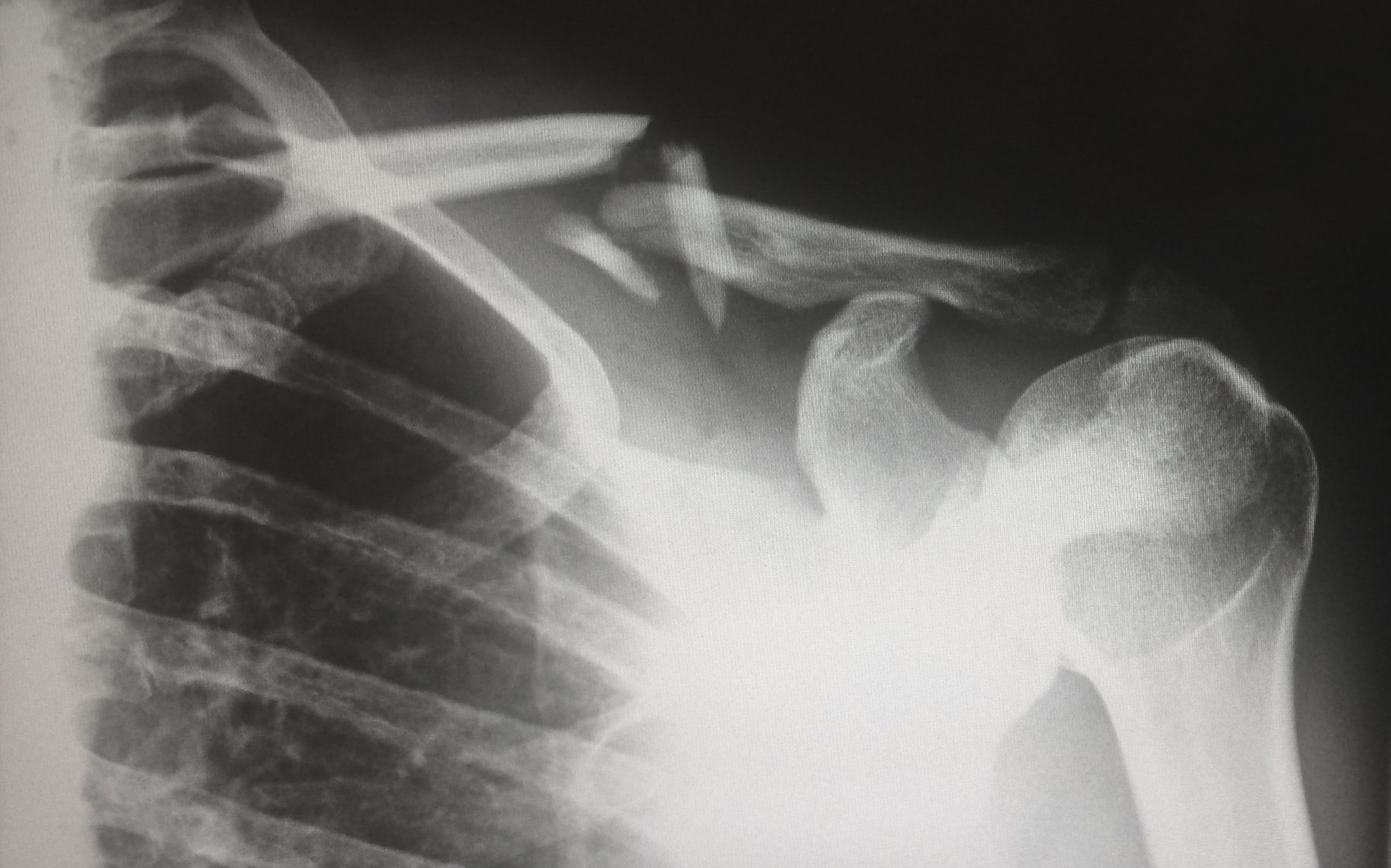Bone Density Scan
Last updated: January 12th, 2025

Why?
First we have to understand what osteoporosis is. Osteoporosis develops slowly over several years, and as a health condition it weakens bones, making them fragile and more likely to break. Due to it being kind of "silent" it is often only diagnosed when a fall or sudden impact causes a bone to break.
Bone density testing often serves to diagnose or assess your risk of osteoporosis so that the associated risks are addressed and eventually mitigated.
But not everyone needs to just go for a test. Who really needs a bone density test?
Who and When?
Losing bone is a normal part of ageing, but some people lose bone much faster than normal. For instance women lose bone rapidly in the first few years after the menopause. In fact women are more at risk of osteoporosis than men, particularly if the menopause begins early (before the age of 45) or they've had their ovaries removed.
However osteoporosis can also affect men, younger women and children.
Many other factors can also increase the risk of developing osteoporosis. So a patient be referred for a bone density scan, also referred to as a DEXA scan when he/she's at an increased risk of developing a bone problem like osteoporosis. The risk exposure is higher if the patient:
- has had a broken bone after a minor fall or injury
- has a family history of hip fractures
- has a health condition, such as arthritis, that can lead to low bone density
- has been taking medicines called oral glucocorticoids for 3+ months because while glucocorticoids treat inflammation, they can also cause weakened bones
- is a woman who has had an early menopause or had her ovaries removed at a young age (before 45) and have not had hormone replacement therapy (HRT)
- is a woman who has large gaps between periods (more than a year)
- is a postmenopausal woman
- has a body mass index (BMI) of less than 21
- is a smoker or heavy drinker (duh!)
- does not exercise

How?
The scan will usually be carried out by a radiographer, a specialist in taking X-ray images.
No preparation, such as fasting, is needed. Whether the patient remains fully clothed or has to put a gown on for the scan depends on the area of the body being scanned. The patient will not need to go into a tunnel or have an injection.
Instead the patient is placed to lie on her back on a flat, open X-ray table. It's imperative that the patient keeps very still during the scan so the images are not blurred.
Test results. The test compares the patient's bone density result with the bone density expected for a young healthy adult or a healthy adult of the patient's age, gender and ethnicity. The result is expressed as a "standard deviation" from the expected average. Therefore a -1 result is normal, while a score of -2.5 shows a problematic bone density and is diagnosed as osteoporosis.
The scan usually takes 10 to 20 minutes and the patient is able to go home after you have had it done. The scan itself is therefore quick and painless.
What about radiation safety?
Compared to standard X-rays, bone density scans need a much lower level of radiation. The radiographer is in fact able to simply stay in the scanning room with the patient throughout the scan.
Let's put things into perspective:
- the amount of radiation used during a bone density scan is very low and less than 2 days' exposure to natural background radiation (NBR)
- a chest X-ray uses the equivalent of about 3 days' exposure to NBR
- a transatlantic flight from Europe to North America is equivalent to approximately a week's exposure to NBR!
Therefore, as well as being quick and painless, a bone density scan is more effective than normal X-rays in identifying low bone density.
While being very safe, bone density scans and X-rays are NOT recommended for pregnant women, as X-rays can damage an unborn child.
Final comments

When it comes to bone health, before taking medication, some lifestyle changes might prove to be extremely effective in addressing bone density problems.
A well-balanced diet that's rich in calcium makes a world of difference. Calcium rich foods include milk & dairy, leafy greens as broccoli and cabbage, nuts, and fish where you eat the bones, such as sardines.
Spending more time in the sun to help increase your levels of vitamin D is also helpful. Living in Malta, with "300 days of sunshine a year" this should not be hard to do!
And while in the sun keep in mind that staying active helps! Regular weight-bearing exercise, such as walking or running, literally goes a long way goes a long way for bone strength.